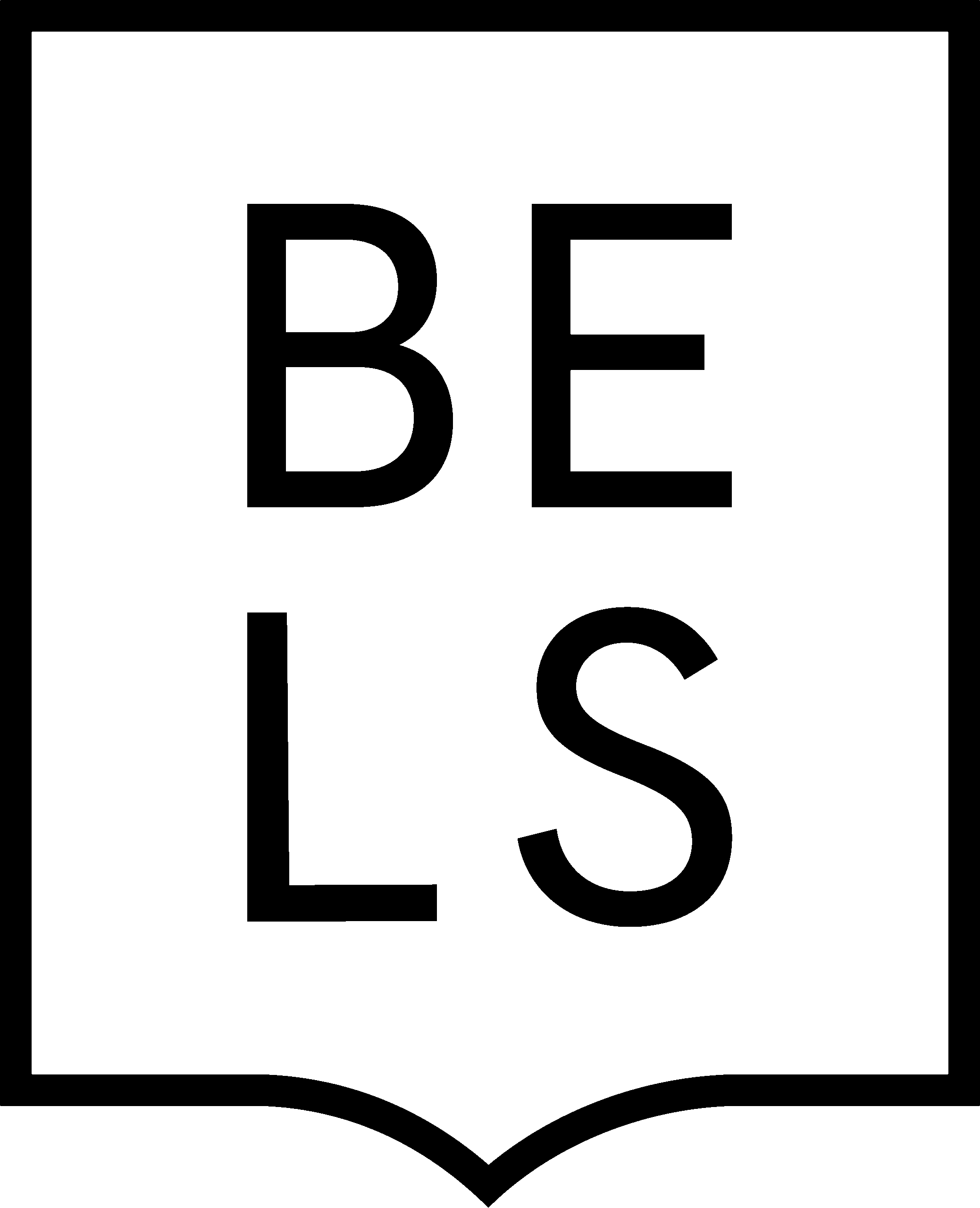A Step-by-step Guide to Writing Professional Emails in English
Writing emails in English is an essential life skill that everyone needs to master. Nowadays emails are the single most common form of business communication. They’re fast, immediate and easily accessible. Often, due to the informal nature of the medium, it’s easy to slip into a casual tone in spite of communicating in professional contexts. Yet just like formal letter writing of bygone times, with professional email writing there are a set of rules and styles to follow. This is especially important when you’re representing your company’s image through business email
Checklist for Writing Formal Emails in English
Here are the main aspects to keep in mind.
1. Writing effective subject lines
Think carefully and creatively about your subject line. It should capture the reader’s attention and at the same time, state the purpose of the email. The choice of subject line influences whether your email will be read, and the priority given. Apart from that it’s also relevant for effective search results if you ever wish to find a specific email easily. Some examples of effective subject lines include:
- Following up on today’s meeting
- Gentle reminder regarding payment
- Feedback needed on French report
- Updating website content
2. Using appropriate salutations
There are different levels of formality in professional email writing, depending on your relationship and purpose of email.
- To whom it may concern – Use only when you do not know to whom you must address the email
- Dear Sir/Madam – Use when writing to a position without having a named contact.
- Dear Mr Martin – Use when writing to a named male contact.
- Dear Ms Martin – Use when writing to named female contact. Use for all women irrespective of marital status.
- Dear Dr Jones – Use when writing to a doctor or professor (university professors).
- Dear Andrea White – Type the whole name when you are unsure of the recipient’s gender.
3. Writing the first line
We generally begin emails with a line explaining why we are writing. To people we already know, we can often begin with sentence starters like these in the image below:

All of these phrases in the first 4 columns can be used as sentence starters with business acquittances or colleagues. In the final column, you can see an example of possible endings.
4. Keeping it concise
Throughout a regular workday, people receive a countless amount of emails. Keeping emails short and direct will ensure that your email is read, easily digestible and answered in a timely manner. While doing so, it is also necessary to remain professional.
5. Use of Formal Language
The degree of formality that we use when writing to people depends on who we are writing to, how well we know them and the reason of writing. Generally speaking, more formal writing involves longer, more complex sentences, more multi-syllable words, fewer phrasal verbs, fewer contractions, and few abbreviations.
Here are a few examples of regular writing, changed into professional writing:
- It’s important > it is essential
- Ask > enquire
- At the moment > currently
- Before > previously
- Can you send me > I wonder if it would be possible for you to forward me
- Hope to hear > I look forward to hearing from you soon.
- It’d be great > I would be most grateful if you could…
- On top of that > furthermore
- We are sorry > we regret to inform you
- If you need help > should you require any assistance…
- If you cannot meet the deadline > in the event of any delay
5. Having a clear purpose
Throughout the email use simple language, and linking words to explain yourself well. When you finish writing a professional email, re-read it and start removing extra information. Make sure it is clear to the reader what they need to do after reading the email.
6. Closing professional emails
The way we end emails depends on who we are writing to. Some endings are more common for formal emails, while others are more common for neutral or informal emails. When you’re writing to colleagues, you can use neutral endings if you are quite familiar with them. The same can be applied for business acquaintances, service providers or associations with whom you have great rapport.
Here are some examples:
- I look forward to hearing from you soon.
- I look forward to your reply.
- I look forward to receiving your feedback.
- Thank you for your time and consideration.
- Thank you in advance, looking forward to your feedback.
- I would appreciate a quick response.
Do you need to improve your email writing skills in English? Benefit from personalised training sessions with an experienced teacher.

